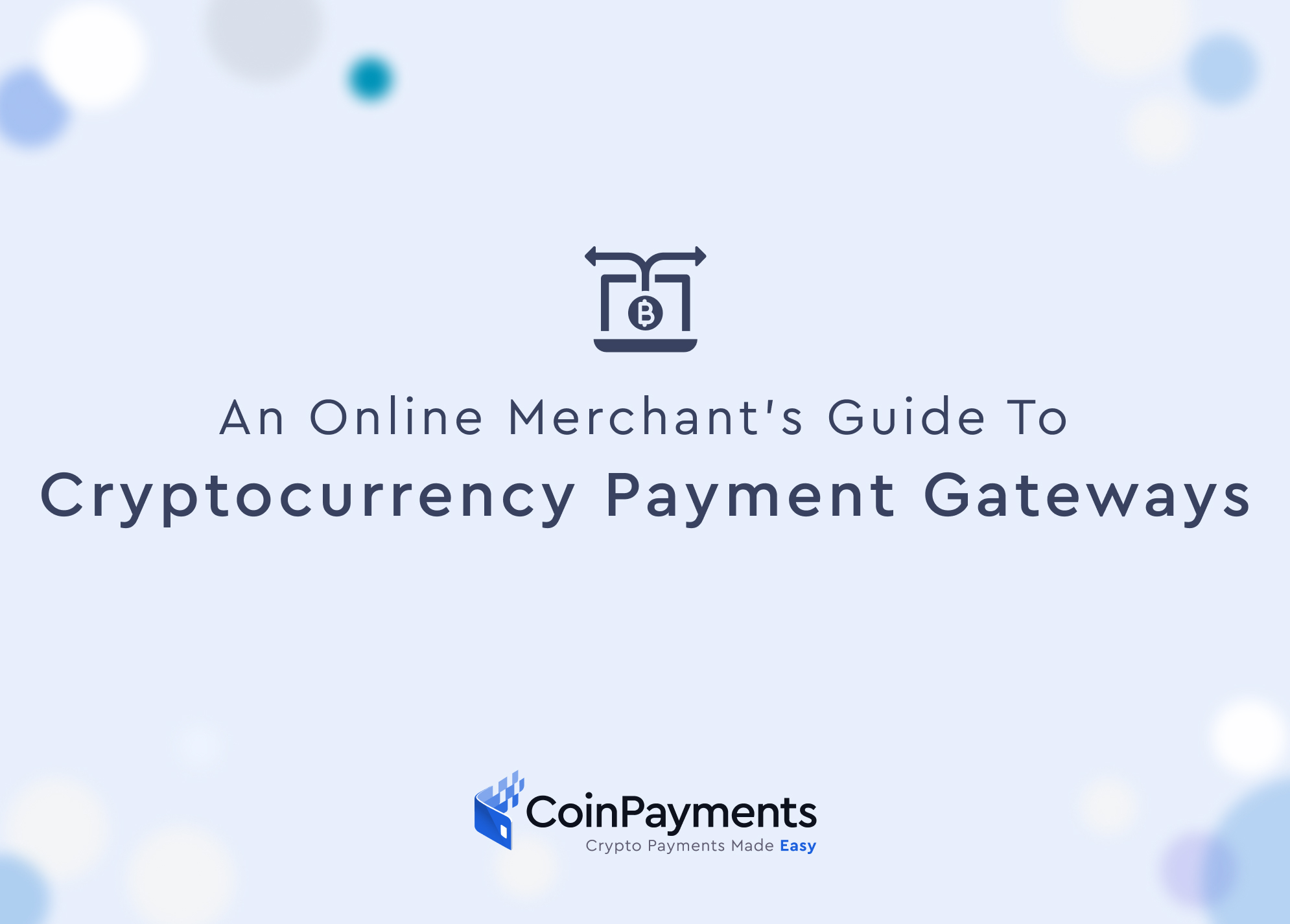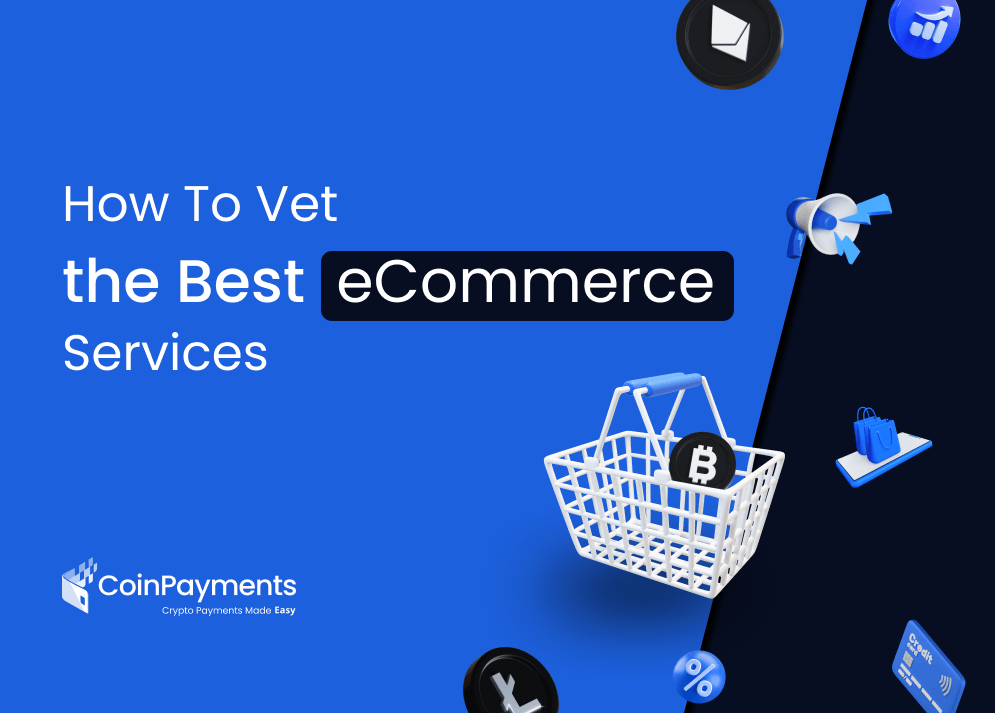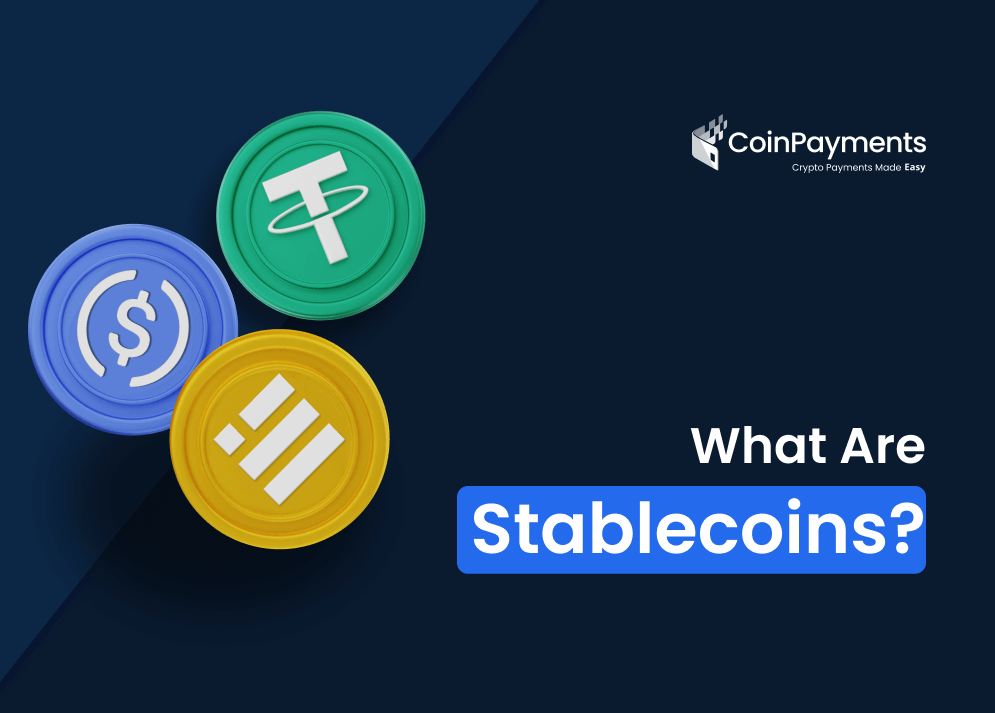
Since its inception 25 years ago, eCommerce has transformed, and merchants now have a multitude of ways to process payments – and that includes cryptocurrency payments.
A cryptocurrency payment gateway is a straightforward way for merchants to process cryptocurrency transactions. It’s an application that connects a merchant’s online marketplace (through a personal website or other digital sales channel like a social media page) to the customer’s cryptocurrency account to approve or deny a purchase.
This seems straightforward enough, but what goes on behind the scenes of this approval or denial? How is this connection communicated? What does security look like in this line of communication?
The merchant side of a cryptocurrency transaction is a bit different than the customer side, and that’s why it’s important to find a payment gateway that’s secure, convenient, and fast. Here’s a guide on what to look for.
What’s the Difference Between a Traditional Payment Gateway and a Cryptocurrency Payment Gateway?
Before any merchant can begin accepting cryptocurrency payments, they should understand the difference between a traditional payment gateway that accepts credit and debit card payments and a payment gateway that accepts cryptocurrency payments.
Firstly, it’s important to note that payment gateways that have historically facilitated traditional bank payments have begun to face the music about cryptocurrency. Many have begun to implement their own digital wallets to enable crypto payments.
With that said, there are payment gateways dedicated to cryptocurrency, and these are the ones that merchants should consider first when exploring ways to accept digital payments.
How Does a Cryptocurrency Transaction Work?
When purchasing goods or services online, it usually goes something like this: The customer gives you, the merchant, money, and you provide the customer with goods or services. For customers, this process is convenient, quick, and effortless. They don’t think twice. But merchants know there’s more going on behind the scenes.
Let’s break down how a cryptocurrency transaction works.
Step 1: Customer Inputs Digital Wallet Information
In the first step, the customer selects the goods or services that they desire and agrees to pay the amount directed by the merchant. The most common way this is done is through a page that directs the customer to input their credit card information. In the case of a cryptocurrency payment gateway, the customer will input information about their digital wallet, such as wallet address, which will begin the transfer of their crypto funds to your digital wallet (or that of your business).
Step 2: Crypto Transaction Data Is Encrypted
Encryption is one of the most critical parts of an online transaction because it ensures information security for both you and the customer. Due to data hacking in eCommerce transactions, small merchants should use a top-tier cryptocurrency payment gateway that adheres to the highest encryption standards available.
The cryptocurrency transaction data will be encrypted similar to a credit or debit card payment. Encryption is a technical process that happens almost instantly. Because the acquiring wallet (in this case, the digital wallet of the small merchant accepting the payment) also needs to provide information, there is a chance that this information can be attacked. It’s more likely that a merchant’s information will be compromised than the customer’s information because merchants make dozens of transactions per day, if not more.
The best cryptocurrency payment gateways encrypt the information to the highest security standards before the blockchain process begins.
Step 3: Information Is Sent to the Cryptocurrency Network and Blockchain Processing Begins
In this step, encrypted data is sent to the cryptocurrency network for processing to begin. The network depends on what type of cryptocurrency is being transacted. For example, Litecoin has its own processing network outside of Bitcoin. It has a different processing time from Bitcoin and is script-based. Basically, different networks process cryptocurrency differently, so keep that in mind when choosing which coins to accept or crypto payments.
The network will generally re-encrypt the transaction information for even more security and then queue it up to be added to the blockchain.
Once the transaction is sent to the blockchain, it’s recorded for full transparency (this is one of the aspects of cryptocurrency that makes it so appealing and safe for merchants and their customers). For a transaction to come to completion, people called “miners” must “mine” the network for coins, in turn, processing blocks of transactions. Your transaction is just one in a block of many. Merchants don’t need to know exactly how the mining process works, but the transaction is recorded on the public ledger once it’s complete.
All transactions recorded on the public ledger are pseudonymous — that means that the transaction amount is recorded, but the details of the payer and payee are hidden. People with access to the network can see these details.
Types of Cryptocurrency Payment Gateways
There are a couple of different types of cryptocurrency payment gateways to think through from a merchant’s perspective. A large majority of the variance depends upon the size of the merchant. Grand View Research has tallied a report to show that 58% of businesses through payment gateways were facilitated by the same large enterprise gateways and businesses. This shows that the market is quite top-heavy with gateways, yet there is enough variance to show merchants, because these gateways are used by large enterprises primarily. With smaller merchants having to look elsewhere due to cost-effectiveness it is worth it to tease out other options for maximum clarity.
Redirecting Gateways
The most inexpensive option for small merchants are gateways that redirect the customer to a different webpage to input their payment information and complete the transaction. Most eCommerce sites and services will have this as an option for the payment gateway. It allows for a great amount of security for both parties as these networks are usually quite large and have the ability to keep maximum security across the transaction. From a merchant’s standpoint, it, unfortunately, does not give much control and takes the customer off their website, along with adding another step to the process.
Offsite Gateways
Another option for smaller merchants looking into online payment gateways are gateways that stay onsite for the data input, yet the actual processing of this data occurs offsite. This is a sort of hybrid approach that truly keeps the feel of the transaction more professional from the standpoint of the customer, as they are not redirected off the merchant’s site, yet it still has the effect of leaving the merchant with less control over the process as a whole. Merchants would do well to consider this as an option when starting up, as it has the look and feel of a higher-end experience for the customer, without costing as much as other options.
Onsite Gateways
These gateways are the most expensive and straightforward options for merchants looking into gateways. Chances are low that a merchant will start out with an onsite gateway as only the largest companies will use this method. It does give a great amount of control for the merchant to process and ensure security, but it also comes with greater liability should the data be breached. This is not a very viable option for smaller operations.
While this list is not exhaustive, it is a great general way to understand the types of gateways that are open to merchants looking to make their online purchasing experience better and most importantly, more secure.
What Merchants Should Consider When Choosing Their Cryptocurrency Payment Gateway
While the world of eCommerce and payment gateways may be dizzying, there are a few things that merchants should truly look out for when choosing their cryptocurrency payment gateway. As already explained above, choosing whether the payment gateway is to be integrated or not is the first step in this process. This is more of a categorical question and should be made fairly easily and quickly. However, the job is far from over, as there are other questions.
Check for Integration
Firstly, the merchant should check for the ability of the gateway to be implemented and integrated with their already-existing or in-development eCommerce platform. Special considerations should be made if the merchant is accepting cryptocurrency for payments (though, this spawns another section to be talked about later). Not only this, but making sure that the targeted client base is able to access the gateway. This normally gets complicated with international payments and currencies. Merchants should check for currency and international stipulations if that is a client base that they are going after.
Read the Fine Print
If the merchant is expecting most business to come from eCommerce, reading the fine print will be well worth the time. Avoiding long-term binding contracts and extra fees that will get passed on to the merchant and customer alike would be beneficial. Likewise, merchants should read the cancellation policies if the gateway is not meeting the desired standard.
Customer Support Services
Customer support services are something that not all cryptocurrency payment gateways have, but would smooth out any issues or bugs that may arise from the end of the merchant or customer. This is a great catch-all that could save a loss of business and keep problems in the future at a minimum. Not all gateways provide customer support, so merchants looking for help in this area should ask about potential customer support services provided by the gateway for either end of the transaction.
Consider Crypto
As cryptocurrency continues to grow as projected in Global Market Insights, merchants must begin accepting crypto as a form of payment. Many companies are already accepting cryptocurrency payments. Part of the process of finding the right payment gateway is finding one that suits the merchant’s crypto needs as well.
Conclusion
Now more than ever, the security and safety of payment gateways are an important and integral part of any eCommerce big or small. Finding the right gateway that fits a merchant’s needs may be a dizzying task, especially if dealing internationally or if deciding to accept cryptocurrency as a form of payment.
Sources:
35 Outrageous Hacking Statistics & Predictions [2020 Update]
How Ransomware is a Big Problem for Small Business – and What to Do About It



